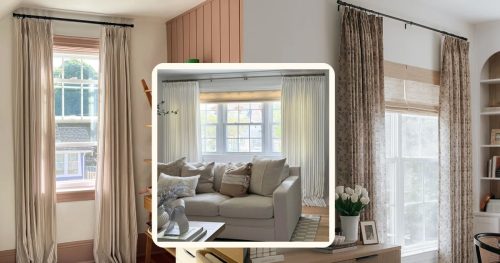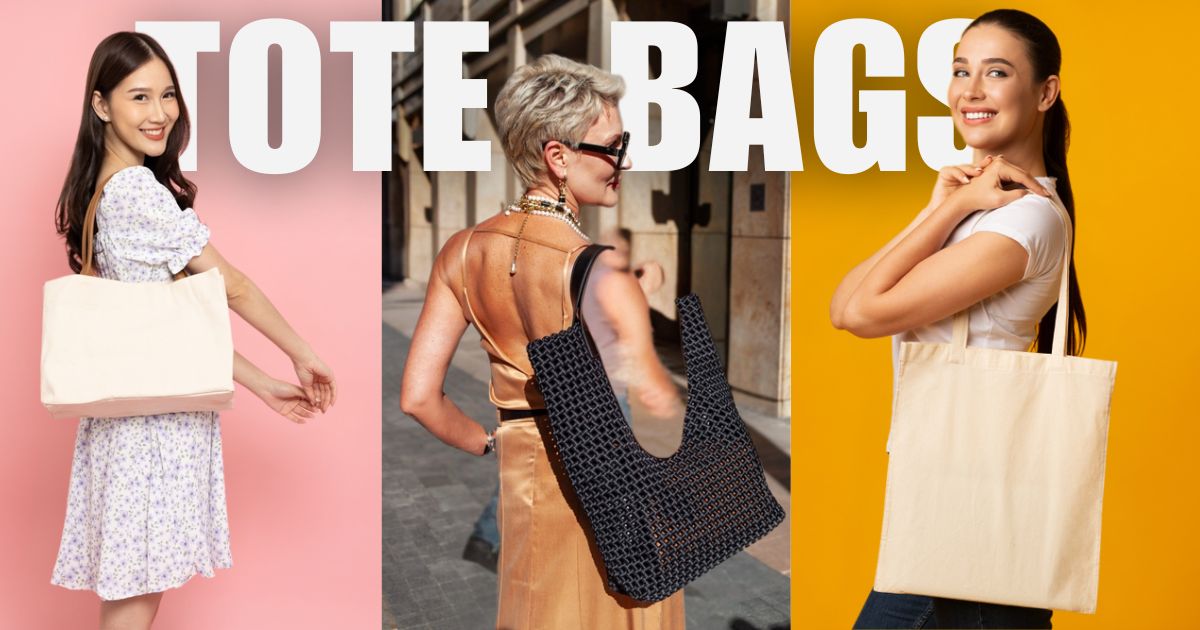Shopping has always been a fascinating activity that allows us to express our tastes, needs, and individuality through buying things. While it’s true that everyone enjoys shopping to some extent, it’s also evident that men and women tend to approach this experience differently. Check out the key differences between men and women when it comes to shopping, shedding light on the underlying reasons for these distinctions.
Purpose-driven vs. Experience-driven
One of the most notable differences between men and women in shopping is their primary objective. Generally, men tend to be more purpose-driven shoppers, focusing on obtaining specific items they need or want. Whether it’s a new gadget, a particular clothing item, or a hobby tool, men are often more direct and efficient in their shopping approach.
On the other hand, women often view shopping as a sensory and experiential journey. They may enjoy browsing various stores, trying different outfits, and exploring multiple options before purchasing. For many women, shopping is not solely about the end product but also the process and the joy of discovery.
Decision-making process
Regarding decision-making, men often prefer to gather the necessary information quickly and make a purchase based on practicality and functionality. They tend to focus on the features and specifications of a product, making a decision based on how well it aligns with their needs.
Conversely, women may take a more holistic approach to decision-making. They consider not only the practical aspects but also the emotional and aesthetic elements of the product. Factors such as color, design, brand reputation, and how a product makes them feel play a significant role in their shopping choices.
Shopping as a social activity
For many women, shopping is an enjoyable social activity, often done with friends or family members. They value the opinions and feedback of others, seeking validation and camaraderie during the shopping process. As a result, shopping trips can turn into fun bonding experiences, even if they don’t necessarily result in purchases.
While men may occasionally shop with friends or family, they view shopping as a more individualistic task, often opting to tackle it alone to save time and minimize distractions.
Impulse buying tendencies
Impulse buying is a common phenomenon for men and women. Still, studies suggest that women may be more prone to impulse purchases. This behavior can be attributed to the experiential nature of women’s shopping, where they might be swayed by sales, emotional appeals, or the desire to indulge in something new and exciting.
Men, being purpose-driven shoppers, tend to resist impulsive buying and are likelier to stick to their initial shopping lists.
Conclusion
In conclusion, it’s essential to recognize that while there are general differences in shopping behavior between men and women, individuals may vary significantly, and these differences should not be overgeneralized or stereotyped. People shop for various reasons, driven by their personalities, needs, and preferences.
As we progress, society gradually blurs these gender-based shopping distinctions as people embrace their unique identities and shopping habits, irrespective of societal expectations. Ultimately, shopping should be an enjoyable and fulfilling experience, regardless of whether one identifies as a man, a woman, or any other gender.
Fitville Shoes, allow your feet to move comfortably
 Fitville sells comfortable sneakers for men and women, as well as clothing, accessories, and health products. They claim to have innovative comfort technology and foot pain relief solutions for various foot conditions. Some of their products include Rebound Core, Rugged Core, EasyTop Casual, and FitVille Activewear. Visit thefitville.com to learn more about their products, prices, customer reviews, and exclusive discounts.
Fitville sells comfortable sneakers for men and women, as well as clothing, accessories, and health products. They claim to have innovative comfort technology and foot pain relief solutions for various foot conditions. Some of their products include Rebound Core, Rugged Core, EasyTop Casual, and FitVille Activewear. Visit thefitville.com to learn more about their products, prices, customer reviews, and exclusive discounts.















